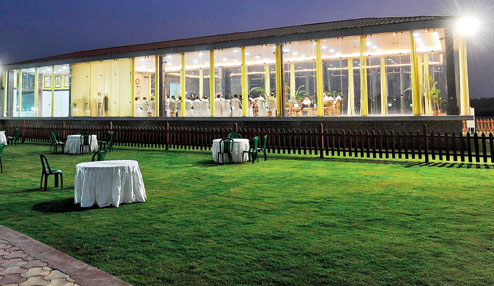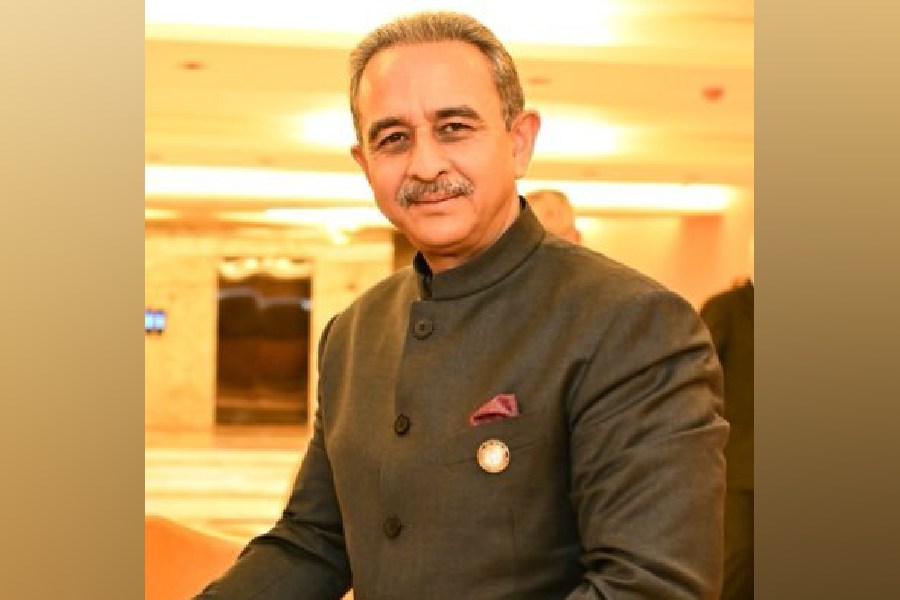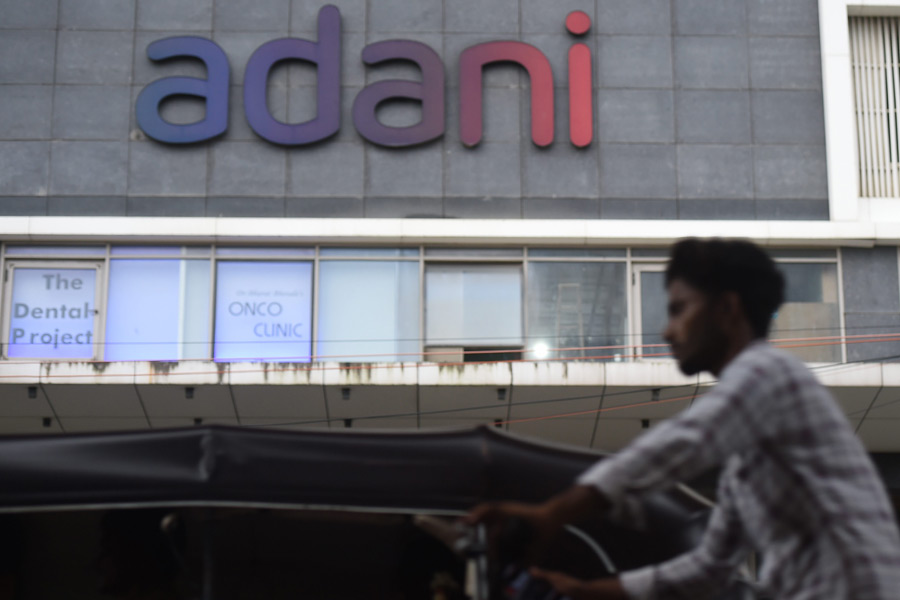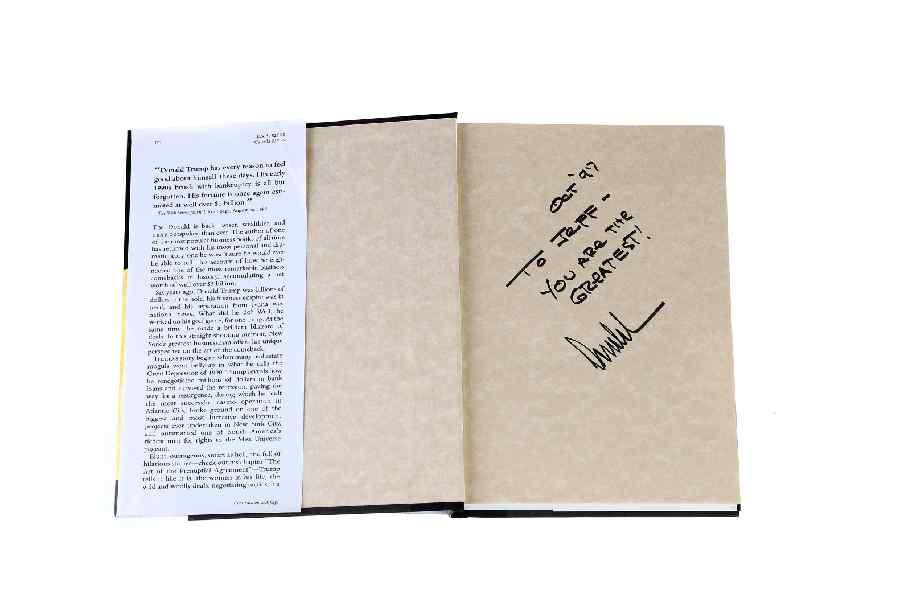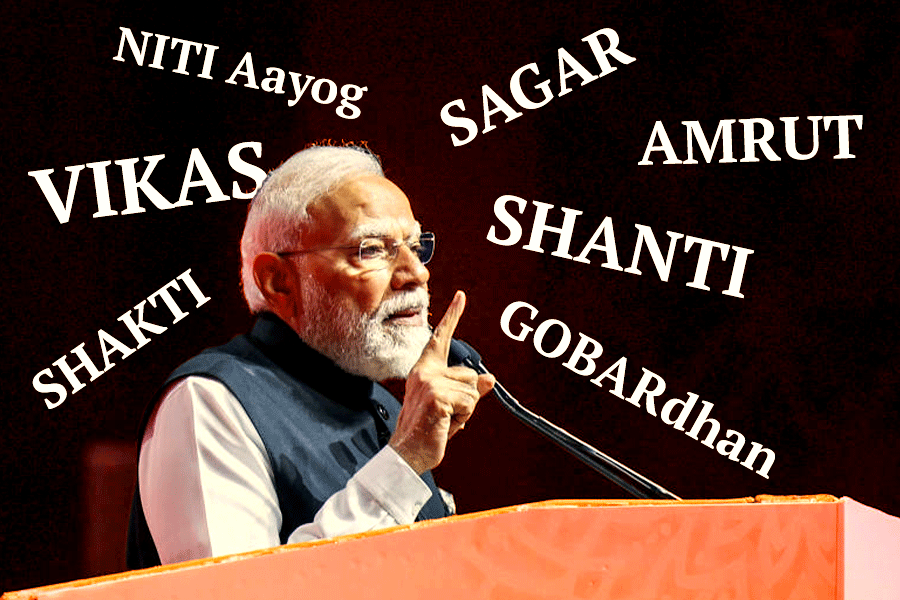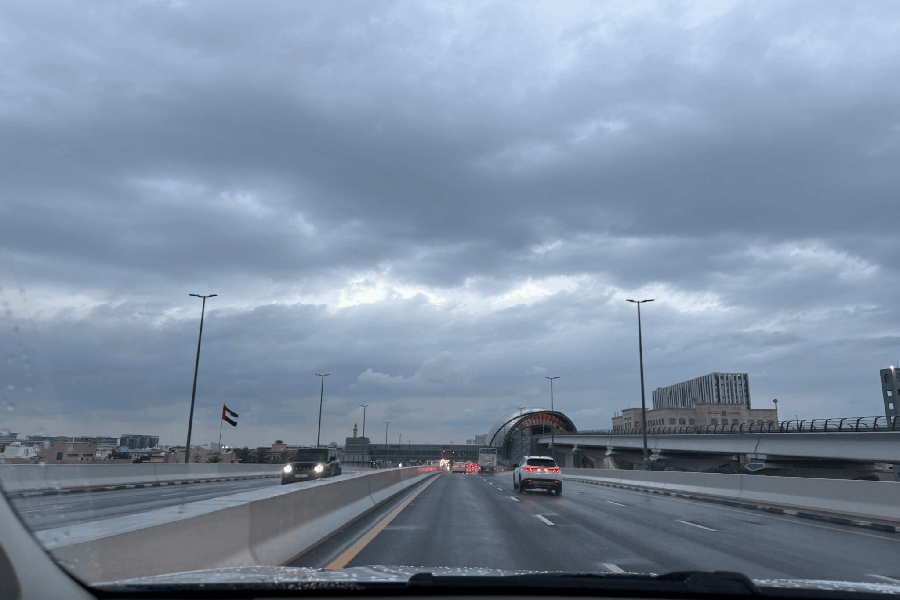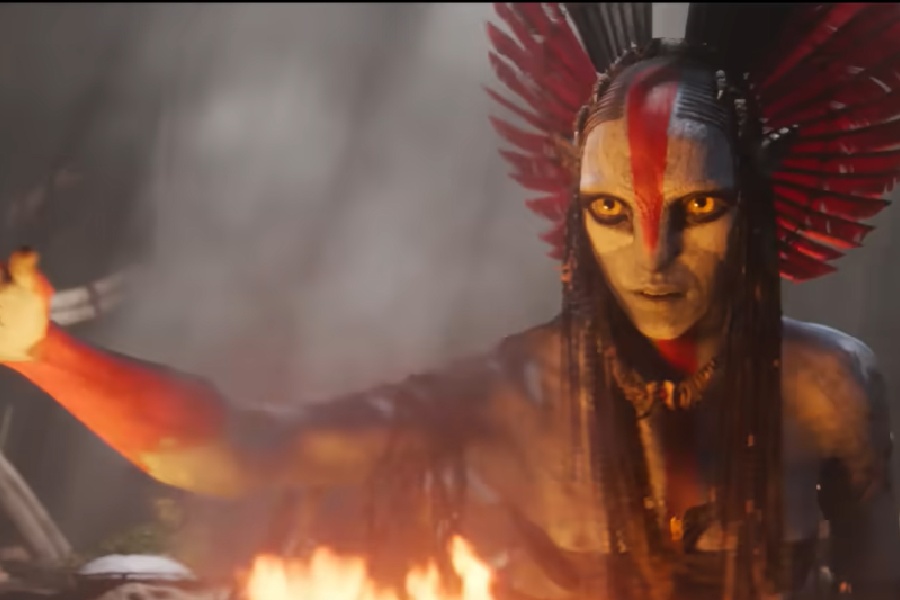 |
| Mexican carpet grass adorns the lawn in front of the conference centre on one of the islands at Eco Park in New Town, Calcutta’s newest green address. Pictures by Anup Bhattacharya |
If Calcutta’s best-known connection with Mexico is the wave that brings the Eden Gardens to life, another Mexican import promises to create patches of green as lush as the Eden outfield across the city.
Mexican grass, also known as carpet grass, has over the past few months enveloped several public spaces in a swathe of spring green.
From Eco Park in the north to Rabindra Sarobar in the south, this soft variety of grass is increasingly finding favour as a convenient and visually pleasing alternative to the homegrown variety.
Not just the larger spaces like the twin wings of Millennium Park, even small patches around Nabanna, strips outside the new Lake mall, a boulevard opposite Victoria House in central Calcutta and the rotaries in New Town wear a lush-green look with Mexican grass.
The surge in the popularity of Mexican grass is because of the several advantages that it offers, compared to the common variety used across public parks, playgrounds and the Maidan.
Cynodon dactylon — also called Dhoob — needs to be planted in bunches and takes about two seasons to mature. Mexican grass is grown as a large carpet on a piece of polythene, cut into smaller rectangular mats and laid side by side on the soil just likes tiles on a floor. Simple.
The best part is that Mexican grass, which belongs to the Axonpus genus, can be planted any time of the year.
“This new carpet grass is not only easier to grow but also more convenient to plant, because of which it has emerged as a popular landscaping prop,” said Nilanjan Mallick, conservator of forests (parks and gardens).
 |
| Workers carry a mat of Mexican carpet grass ready for planting at Rabindra Sarobar |
Each mat, generally 10sq ft in size and priced around Rs 20, has a layer of soil at the bottom. When placed on the ground side by side, they grow roots within 15 days. Moreover, unlike the Dhoob variety that tends to be patchy and uneven, carpet grass is consistent and even.
Rabindra Sarobar on Southern Avenue, which is undergoing a makeover, is spending Rs 35 lakh on carpet grass for 1.40 lakh sq ft of area around the 73-acre lake. For the lakeside lawns, the authorities have chosen a variety called Chinese grass that is softer and fluffier in comparison.
“We had hired a consultant to chalk out a modern yet natural look for Rabindra Sarobar’s beautification and they suggested we use this new variety of grass. So far, we have covered about 50,000sq ft and hope to complete the rest by June,” said a senior engineer of the Kolkata Improvement Trust.
A garden next to Nazrul Mancha and another opposite Anderson Club have already been readied. “This grass is a visual treat. Unlike most of our parks which are a morose shade of brown rather than green, this variety is not only greener but also looks nicely manicured,” said Ujjayini Roy, 24, a resident of Lake Terrace Road who regularly takes a morning walk by the lakeside.
At Millennium Park, both the old and the new stretches (Fairlie Jetty to Howrah Bridge) have been beautified with about 80,000sq ft of carpet grass.
Eco Park in New Town was among the first public spaces to benefit from the new variety of grass. The entire stretch along the lake at Eco Park has been lined with Mexican grass.
“We liked the Mexican variety because of its strength and resilience. Moreover, it lends the place a classy look. It is soft and a delight to walk on,” said Debashis Sen, chairman of Hidco and principal secretary of the urban development department.
A seven-acre island on the Eco Park lake has been carpeted with Mexican grass.
For those who think Mexican grass is artificial, comparisons with the turf at the Yuva Bharati Krirangan are odious. Carpet grass is natural and requires manicuring while the AstroTurf used in the stadium is synthetic.
Grown in nurseries for years, it is not clear when and where carpet grass was first used in the city. But it wasn’t until recently that the popularity of the Mexican variety soared.
According to nursery owners, growing carpet grass is a five-step process. A polythene sheet, usually 5ft wide and 100ft long, is laid out and covered with a layer of soil.
A layer of Mexican grassroots is sprinkled on it and topped with a second layer of soil. The carpet needs to be watered twice daily for about 20 days. Fertilisers are sprinkled as the grass starts growing.
“The grass is ready within four months, after which we cut them into equal rectangular sizes, roll them up and they are ready for transportation,” said Bidyut Mondal, who owns a nursery at Bakrahat, South 24-Parganas.
The roots from a stock of matured grass can be preserved and used for growing the next batch.
Apart from public spaces, Mexican carpet grass has become the choice of homes and apartment complexes with space for lawns.
But be aware that the grass isn’t fit for heavy-duty sports like cricket or football, though a game of Frisbee won’t hurt the green cover.
Like they say, the grass isn’t always greener on the other side!
What is it about a patch of grass that makes you want to take off your shoes? Tell ttmetro@abpmail.com

